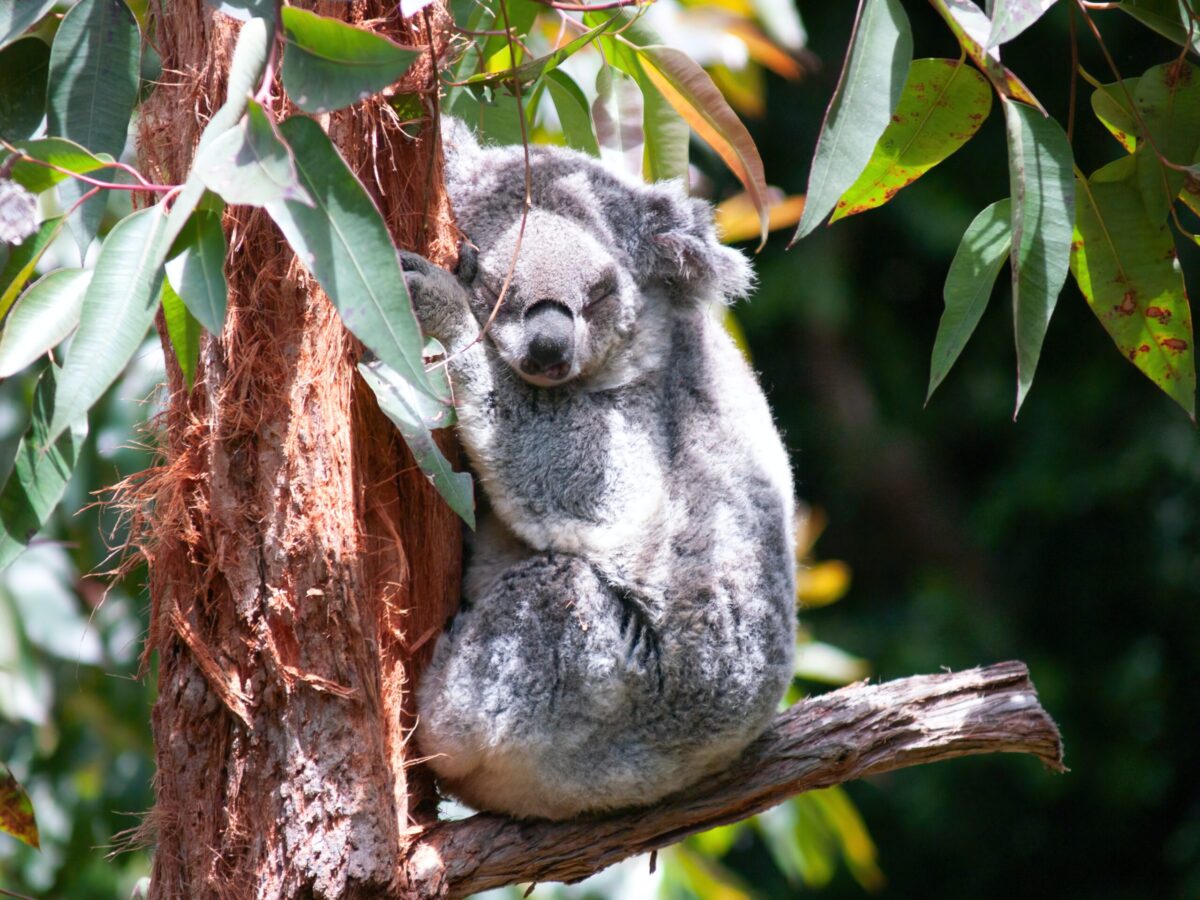The discovery that koalas have human-like fingerprints was a surprising revelation that has captured the attention of the scientific community and the general public alike. In this essay, I will explain this discovery in detail, including the methods used by researchers to uncover this fact and the potential implications of this discovery for the field of biology and beyond.
The discovery that koalas have unique fingerprints that resemble human fingerprints was made in 2016 by a team of researchers from the University of Adelaide in Australia. The researchers were studying koala genetics in an effort to find ways to protect the species from disease and habitat loss. As part of their research, they examined the koalas’ hands and feet and discovered that their fingerprints were remarkably similar to human fingerprints.
To understand the significance of this discovery, it is necessary to first understand what makes human fingerprints unique. Human fingerprints are made up of friction ridges that are present on the skin’s surface. These ridges help us grip objects and provide a way for us to leave our mark on the world. Each person’s fingerprints are unique, with distinct ridge patterns that can be used to identify individuals.
Koalas also have friction ridges on their fingers and toes that form unique patterns. These patterns are formed by raised ridges and valleys on the skin’s surface. These ridges help koalas grip tree branches and leaves, allowing them to move easily through the trees. Like human fingerprints, koala fingerprints are unique to each individual and can be used to identify individual animals.
The fact that koalas have fingerprints that are so similar to human fingerprints is surprising because koalas are not closely related to humans. Koalas are marsupials, while humans are primates. The fact that these two species have evolved similar traits is known as convergent evolution, where different species evolve similar traits to adapt to similar environments.
The discovery that koalas have human-like fingerprints has several potential implications. For one, it could be useful in conservation efforts as it can help researchers keep track of the koala population and monitor their movements and health. By using fingerprints to identify individual koalas, researchers can track the movement of individual animals and better understand their behavior and habitat use. This information can then be used to inform conservation efforts and ensure the long-term survival of the species.
Additionally, the fact that koalas have fingerprints that are so similar to humans raises interesting questions about the evolution of fingerprints. It is still not entirely clear why koalas have fingerprints that are so similar to humans. Some researchers speculate that it may be due to convergent evolution, while others suggest that it may be the result of an evolutionary legacy that both species inherited from a common ancestor.
Further research is needed to fully understand the evolutionary reasons behind this similarity. One possibility is that the friction ridges on koala fingers and toes evolved as a way to improve grip and balance in the trees. This is supported by the fact that many other arboreal animals, such as primates and sloths, also have friction ridges on their fingers and toes.
Another possibility is that koalas and humans share a common genetic pathway that led to the development of friction ridges on the skin. The genes responsible for the development of friction ridges in humans are known, and it is possible that koalas have similar genes that evolved independently.
The discovery that koalas have human-like fingerprints is an exciting development in the field of biology. It highlights the fascinating ways in which different species can evolve similar traits to adapt to their environment. It also has important implications for the conservation of koalas, which are an iconic species in Australia that is threatened by habitat loss, disease, and other factors.
Koalas Scientific classification
Koalas are marsupial mammals that belong to the Phascolarctidae family. Their scientific classification is:
Kingdom: Animalia
Phylum: Chordata
Class: Mammalia
Infraclass: Marsupialia
Order: Diprotodontia
Family: Phascolarctidae
Genus: Phascolarctos
Species: Phascolarctos cinereus
The genus name “Phascolarctos” comes from the Greek words “phascolos” meaning pouch and “arctos” meaning bear, referring to the fact that koalas have a pouch and a bear-like appearance. The species name “cinereus” means ashy or grey, referring to the color of their fur.
Koalas Conservation status
Koalas are listed as “Vulnerable” on the IUCN Red List of Threatened Species. This means that they are at high risk of becoming endangered in the wild in the near future.
The main threats to koalas are habitat loss and fragmentation due to land clearing for agriculture, urbanization, and logging. Climate change is also a significant threat, as it can cause droughts, heatwaves, and wildfires, which can destroy koala habitat and food sources.
Other threats include disease, such as chlamydia, which can cause blindness, infertility, and death in koalas, and road accidents, as koalas often cross roads and are hit by cars.
Conservation efforts for koalas include the protection of their habitat, the establishment of wildlife corridors to connect fragmented habitats, the treatment and prevention of disease, and the implementation of measures to reduce the risk of road accidents. In addition, captive breeding and reintroduction programs are being carried out to increase the population of koalas in the wild.
The conservation status of koalas is a matter of concern, not only because of their importance as an iconic species in Australia but also because they play an important ecological role as seed dispersers and food sources for other animals. It is important to continue to work towards the protection and conservation of koalas and their habitats to ensure their long-term survival.





Leave a Reply
You must be logged in to post a comment.